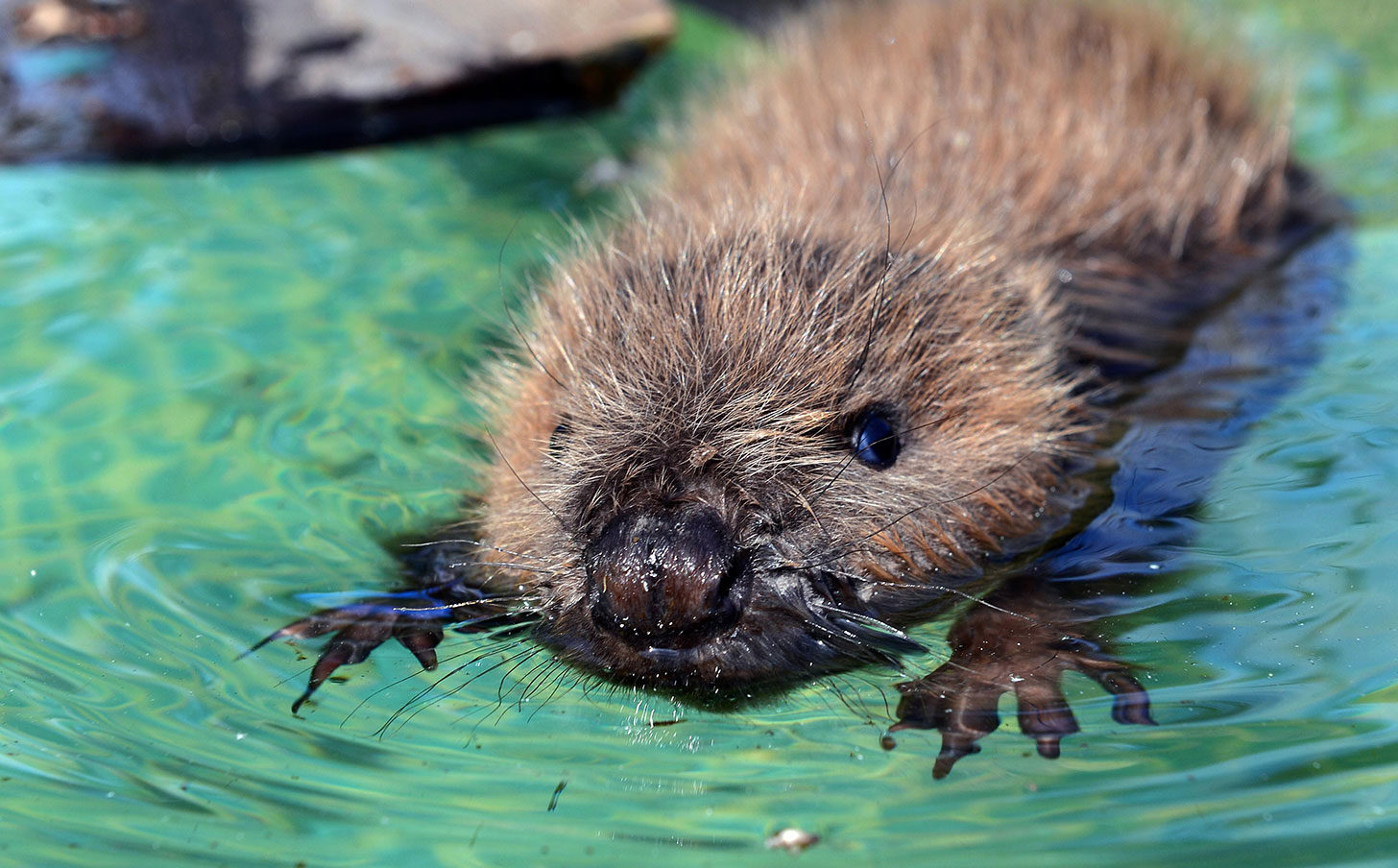Today, April 7th we’re celebrating the International Beaver Day. Even not endangered, those little shy creatures have a crucial role to play into local ecosystems. Maybe that’s why ecologists are calling them “the nature’s engineers.”
Beavers are bringing countless benefits to small ecosystems. From “increasing stream flows in seasonally dry streams by storing run-off in the rainy season”, they help waterfowl “by creating increased areas of water.”

In conclusion, beavers are really hard workers. And the perfect example to understand that ways back in 1930. Back then, the US government put 600 beavers to work in order to stop soil erosion by streams in Oregon. It was estimated that each beaver completed work worth $300, Bored Panda reports.

“Beaver dams restore wetlands, those ‘rainforests of the North’, rated as the land’s best life support system”, explains BWW. “Learning to coexist with beaver wetlands ensures that we continue to enjoy essential natural services, such as water cleansing. Nature’s engineers can help combat climate change too. That’s because their dams and wetlands hold water on the land, which decreases damage from both droughts and major floods–extreme weather events that are increasing with climate change. Plus, the lush plant life of marshy beaver wetlands absorbs much carbon dioxide, and draining these sites results in the release of carbon dioxide, the major greenhouse gas”.
To proper celebrate International Beaver Day we offer you some adorable pictures of baby beavers. Take a look:









And if these photos haven’t convinced you yet, watch the video bellow to meet the most famous beaver, ever!

